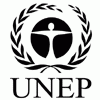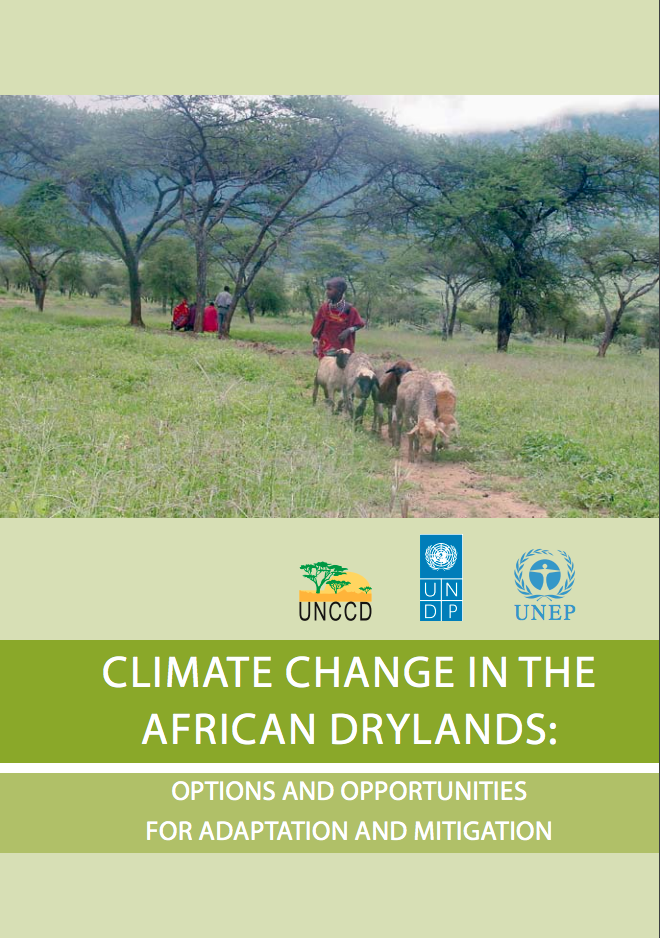The United Nations Environment Programme (UNEP) is the leading global environmental authority that sets the global environmental agenda, promotes the coherent implementation of the environmental dimension of sustainable development within the United Nations system and serves as an authoritative advocate for the global environment.
UNEP work encompasses:
- Assessing global, regional and national environmental conditions and trends
- Developing international and national environmental instruments
- Strengthening institutions for the wise management of the environment
Mission
"To provide leadership and encourage partnership in caring for the environment by inspiring, informing, and enabling nations and peoples to improve their quality of life without compromising that of future generations."
Members:
Resources
Displaying 51 - 55 of 106The environmental food crisis: the environment's role in averting future food crises
The surge in food prices in the last years, following a century of decline, has been the most marked of the past century in its magnitude, duration and the number of commodity groups whose prices have increased. The ensuing crisis has resulted in a 50–200% increase in selected commodity prices, driven 110 million people into poverty and added 44 million more to the undernourished.
Climate change in the African drylands: Options and opportunities for adaptation and mitigation
The drylands of Africa, exclusive of hyper-arid zones, occupy about 43 per cent of the continent, and are home to a rapidly growing population that currently stands at about 325 million people. Dry zones, inclusive of hyper-arid lands, cover over 70 per cent of the continent’s terrestrial surface. Outside of the cities many dryland inhabitants are either pastoralists, sedentary or nomadic, or agro-pastoralists, combining livestock-rearing and crop production where conditions allow.
From Conflict to Peacebuilding
Since 1990 at least eighteen violent conflicts have been fuelled by the exploitation of natural resources. In fact, recent research suggests that over the last sixty years at least forty percent of all intrastate conflicts have a link to natural resources. Civil wars such as those in Liberia, Angola and the Democratic Republic of Congo have centred on high-value resources like timber, diamonds, gold, minerals and oil. Other conflicts, including those in Darfur and the Middle East, have involved control of scarce resources such as fertile land and water.
Mitigating Climate Change in Drylands – The Case for Financing Carbon Sequestration
Drylands have the potential to play a big role in climate mitigation and, in doing so, to deliver significant co-benefits
Geo MERCOSUR
Comercio e Integración Regional Influyen en la dimensión Ambiental. Recursos naturales bordean el 60% del total de exportación de la subregión. Documento revelador sobre el mercado de la soya y otros. Documento completo se puede bajar de http://www.pnuma.org/raiz/GeoMercosurFinal.pdf Aquí le ofrecemos un summary de prensa.






